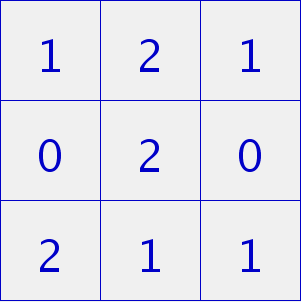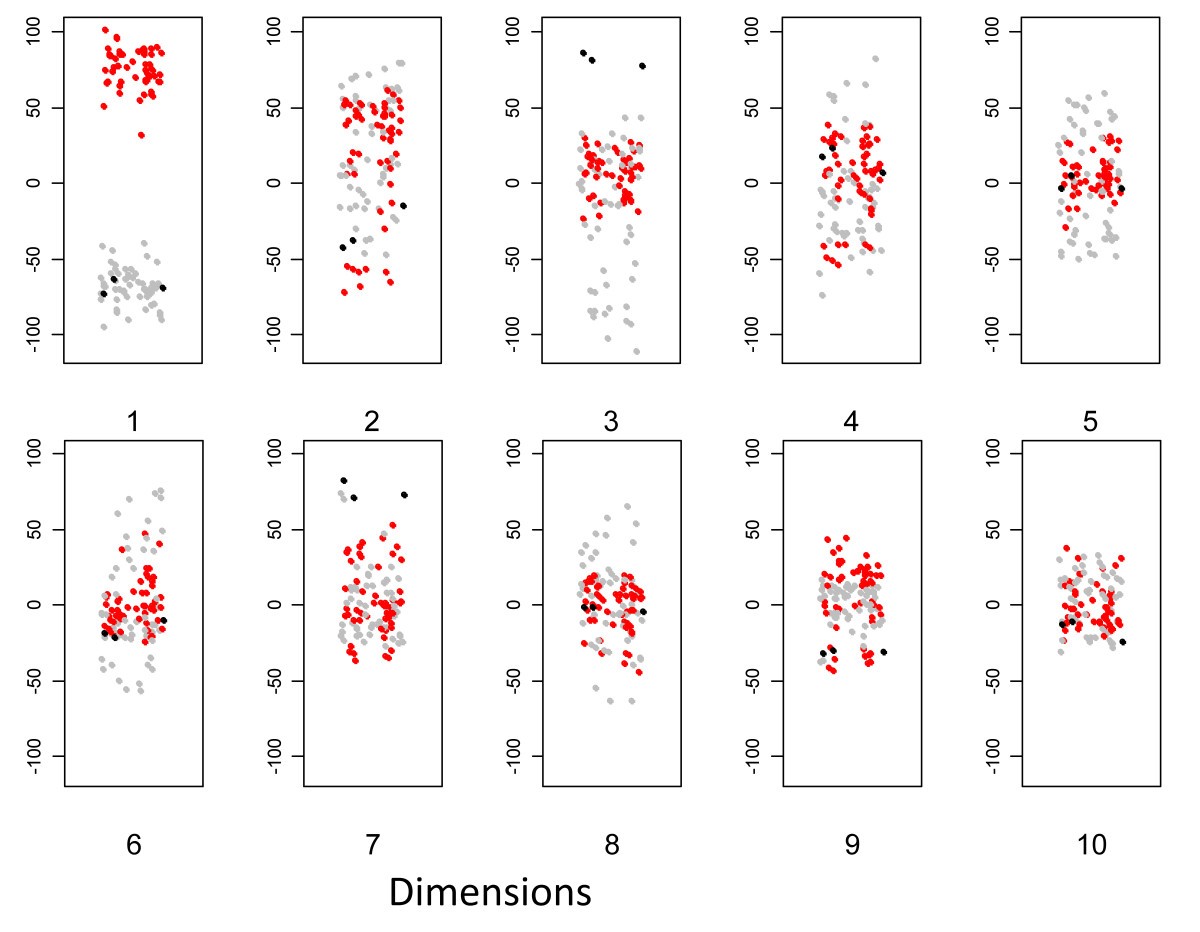
a custom functionality on top of PShapeįloat offset = map(sin((frameCount + ((index+1) * 10)) * 0.025), -1.0, 1. SetFill(color(random(100, 200), 255, 255, 88)) Confirming Biological Process Biomarker Validation Validation of Antibody Array Results Quantitative Protein. Inside draw (), pmouseX and pmouseY update. You may find that pmouseX and pmouseY have different values when referenced inside of draw () and inside of mouse events like mousePressed () and mouseMoved (). Void drawRandomCircle(PGraphics layer, float x, float y)) The system variable pmouseX always contains the horizontal position of the mouse in the frame previous to the current frame. I want to make 3d boxes with specific textures, so far I created a box with different textures on it. PGraphics extends PImage so you can render it the same wayĭrawRandomCircle(drawings, mouseX, mouseY) So in simple terms, the first loop starts with the last element added to the list (the most recent), who's index is equal to the list size -1 and it stops at the 2nd element, who's index is 1 (since arrays/array lists start indexing from 0). Im working on processing for a project related to my studies. When the array becomes full, the size of the array is doubled and new mouseX values proceed to fill the enlarged array. The following example saves a new mouseX value to an array every frame. use drawing commands between beginDraw() / endDraw() calls If an array needs to have many additional elements, its faster to use expand() to double the size than to use append() to continually add one value at a time. If you don't need to access the drawings objects later (say to change properties), you can simply cache the rendering onto a separate PGraphics layer: PGraphics drawings ĭrawings = createGraphics(width, height) This way you can just empty your ArrayList every time the mouse is released and, even though when the ArrayList gets some thousands of elements you still get some CPU spikes, when the mouse is not being dragged or the ArrayList has less than a couple thousands of elements it is less CPU consuming.

The function loadPixels() stores into the pixels array all the pixels of the screen, while updatePixels() draws the pixels in pixels on the canvas.

If you want to store the objects into the ArrayList only while the mouse is pressed (drawing new objects) and just have all the old objects to be static on the background out of the ArrayList you can do something like this: ArrayList drawings = new ArrayList() ĭrawing drawing = new Drawing(mouseX, mouseY)


 0 kommentar(er)
0 kommentar(er)
